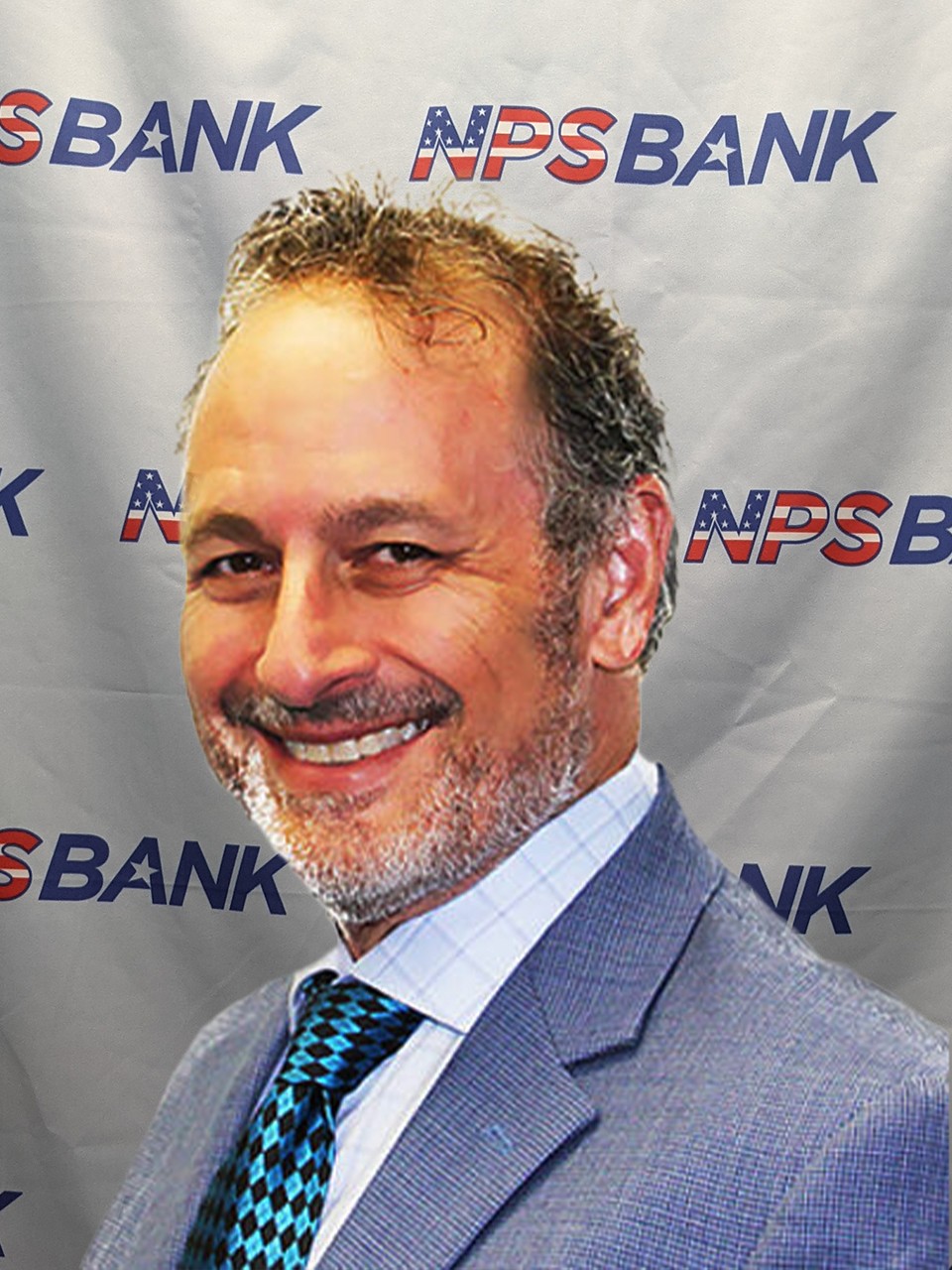

Written by admin
August 10, 2023
Introduction
In today’s digital era, e-commerce is evolving rapidly, and businesses are increasingly adopting e-commerce platforms to reach a broader customer base. However, for some merchants, especially those operating in high-risk industries, obtaining a reliable payment processing solution can take time and effort. High-Risk Merchant Services are designed to cater to businesses that fall into these riskier categories, but they often come with specific provisions, such as rolling reserves. In this blog post, we will delve into high-risk merchant services, the concept of rolling reserves, and how merchants can effectively deal with them while ensuring smooth operations.
Understanding High-Risk Merchant Services
High-Risk Merchant Services are specialized payment processing solutions for businesses operating in industries with a higher probability of chargebacks, fraud, or regulatory scrutiny. These industries may include online gaming, adult entertainment, travel services, CBD products, drop shipping, and subscription-based services. While such businesses are legitimate, they often face a higher likelihood of disputes, leading to financial risks for the payment processors.
Payment processors and acquiring banks typically offer high-risk merchant accounts to these businesses to accommodate their payment processing needs. However, they implement rolling reserves as a risk management strategy to protect themselves from excessive chargebacks and potential losses.
What is a Rolling Reserve?
A rolling reserve is a portion of a merchant’s sales that the acquiring bank withholds as a reserve against potential future chargebacks or unexpected financial liabilities. The withheld funds safeguard the payment processor to cover any potential losses should the merchant experience an unusually high volume of chargebacks or unexpectedly go out of business.
The reserve amount is calculated as a percentage of the merchant’s sales, held for a specific period (usually six months/180 days) or until a predetermined threshold is reached. For instance, if a merchant has a rolling reserve of 10% and processes $10,000 monthly, $1,000 will be held by the bank as a reserve. If the reserve term is set to a six-month rolling day, one will be released on day 181, and the cycle continues as the monthly volume grows so does the reserve based on processing volumes.
Dealing with Rolling Reserves Effectively
While the concept of rolling reserves may seem burdensome to high-risk merchants, there are ways to navigate this arrangement and manage cash flow efficiently:
1. Maintain Accurate Records: Merchants should keep meticulous records of their transactions, refunds, and chargebacks to have a clear overview of their financial situation. This will help track the reserve amount and ensure it aligns with the actual chargeback risk.
2. Diversify Payment Processing Solutions: Consider working with multiple payment processors or acquiring banks. By diversifying your payment processing partners, you may reduce the reserve percentage or negotiate better reserve terms.
3. Monitor Chargeback Ratios: The chargeback ratio is critical in determining the reserve percentage. Merchants can lower their reserve requirements by actively managing and reducing chargebacks through excellent customer service and dispute resolution.
4. Regular Communication with the Processor: Establish an open line of communication with your payment processor. Understand their policies, requirements, and the process for reserve adjustments. A good relationship with your processor can lead to more favorable terms.
5. Building Trust with the Processor: Demonstrate reliability and trustworthiness as a merchant. Consistently fulfill orders, respond to customer inquiries promptly, and provide excellent service to gain the confidence of your payment processor.
6. Chargeback Service, RDR, and Fraud tools.
Get set up with a good chargeback service that will handle chargebacks, RDR, and depending on your site traffic; there are fraud tools and tools that the gateways offer, like velocity settings and more that all should be set up if you are a higher risk merchant.
Conclusion
For merchants operating in high-risk industries, High-Risk Merchant Services offer an essential lifeline to process payments and reach their target audience. Although rolling reserves may initially seem daunting, understanding their rationale can help merchants manage their finances effectively. By maintaining accurate records, monitoring chargeback ratios, and fostering positive relationships with payment processors, merchants can navigate rolling reserves and ensure smooth and successful operations in the long run. As the digital landscape evolves, high-risk merchants must stay informed about the latest payment processing and risk management strategies developments.
SUBSCRIBE TO OUR NEWSLETTER
Related Articles
No Results Found
The page you requested could not be found. Try refining your search, or use the navigation above to locate the post.

